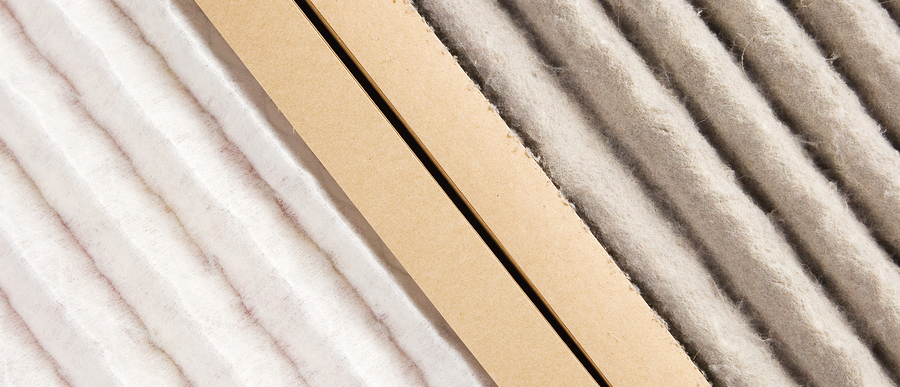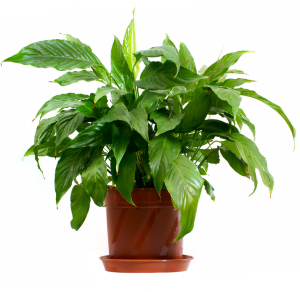7 Easy Ways to Improve Your Home’s Indoor Air Quality
The typical home’s air contains particles of dust, dust mites, pollen, mold and bacteria, as well as gaseous contaminates resulting from cooking, operating combustion appliances and using household chemicals for cleaning.
In fact, the EPA lists household air as one of the top five environmental hazards. Improving your indoor air quality is essential to good health, as pollutants in your home can trigger asthma and allergy attacks and cause other respiratory illnesses.
These 7 simple tips will help you improve your overall indoor air quality.
See some tips to improve your indoor air quality here.
1. Keep it Clean
Household dust contains highly allergenic dust mite parts and droppings, chemicals and other allergens that can make you sick. Dust and vacuum at least twice a week.
Dusting first will allow the vacuum cleaner to pick up wayward particles that fall to the floor. Use an electrostatic dusting cloth or a damp cloth to pick up dust rather than move it around.
The best vacuum to use is one with a HEPA filter, which removes very small particles and gaseous contaminates from your home. Run the vacuum over each section of your floor several times to pick up as much debris as possible.
Vacuum the corners and baseboards in each room, as well as your upholstered furniture. For extra dust-busting power, turn the fan setting on your thermostat to ON while you dust and vacuum, and leave it on for 15 minutes after you’ve finished.
This will allow your furnace filter to trap particles that are sent airborne by the vacuum exhaust and agitator.
2. Replace Your Furnace Filter

The filter in your furnace is a major player in improving your indoor air quality, trapping particles such as dust, mold spores, pollen and animal dander.
Your filter also protects your furnace from the buildup of these particles, which can cause serious damage to your system. Check your filter every month and replace it when it’s dirty.
Air filters are given a rating on the Minimum Efficiency Reporting Value, or MERV, scale. Higher MERV ratings mean a better filter that traps more and smaller particles.
A MERV rating of 5-8 is sufficient for most household needs, but if anyone in your home suffers from allergies or asthma, a MERV rating of 9-12 will help alleviate symptoms and reduce attacks.
Before upgrading your filter, check the specs of your system to make sure it will accommodate a filter with a higher MERV rating.
3. Wipe Your Feet
Your shoes pick up all sorts of chemicals and particulate matter outside, such as pollen and pesticides. Install large doormats in front of your entry doors and wipe your feet thoroughly before entering your home.
Removing your shoes once you’re inside will further decrease the transfer of these pollutants to your indoor air.
4. Source Control
Eliminating certain pollutants at their source is one of the best defenses against indoor air pollution. Avoid using air fresheners, especially the plug-in and aerosol types, which contain heavy doses of fragrances.
We equate fragrance with nice smells, but the synthetic fragrances found in air fresheners, laundry and dish detergents and other cleaning solutions contain dangerous volatile organic compounds, or VOCs, which can cause a wide range of illnesses.
Use organic cleaning solutions when possible, and never underestimate the power of vinegar and baking soda to thoroughly clean and eliminate odors in the kitchen and bathroom.
 5. Invest in Houseplants
5. Invest in Houseplants
Plants absorb gaseous pollutants in your air, including formaldehyde, benzene and other dangerous chemicals and known carcinogens.
Five of the most effective plants for absorbing these chemicals are spider plants, aloe vera, snake plant, elephant ear philodendron and English ivy, all of which are easy to find at your local nursery.
6. Choose Natural Wood and Textiles Whenever Possible
Synthetic fabrics and pressed wood products vent large amounts of VOCs such as formaldehyde and ammonia into your air.
7. Ventilate Your Home
Modern homes are built to be tight in order to make them as energy efficient as possible. However, there are many HVAC products and services that can help to improve your air.
Unfortunately, outdoor air is necessary to keep your indoor air clean. If you live in a newer house, consider having a mechanical ventilation system installed.
Heat recovery ventilators (HRVs) and energy recovery ventilators (ERVs) exchange indoor air with fresh outdoor air to dramatically improve your indoor air quality. Alternatively, open your windows for ventilation when possible, even if for just a few minutes.
Turn on your stove vent while you cook, and use your bathroom fan while you shower or use beauty products such as hair spray.
